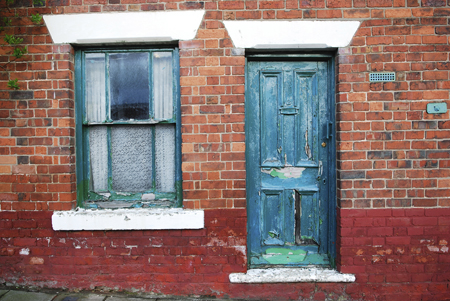
Decreasing unemployment and increasing household income were both found to significantly increase male and female life expectancy
Research by the University of Liverpool found that local authorities in England that saw the greatest rise in prosperity between 1998-2007 experienced greater rises in life expectancy, but the gap in life expectancy between the rich and poor in England widened during this time.
The study warns that slow economic growth over the next 10 years, may result in smaller increases in life expectancy than in the past decade and health inequalities may rise at an even faster rate.
Rising prosperity
The team from the University of Liverpool examined the effect of changes in economic conditions on changes in life expectancy in 324 local authorities in England from 1999 to 2008, a period of rising prosperity. They also explored the implications of proposed financial incentives for local authorities based upon their “performance” in improving health.
Benjamin Barr, from the University’s Institute of Psychology, Health and Society, said: “Our research found that both decreasing unemployment and increasing household income were significantly associated with increasing male and female life expectancy.
“During the period 1999 to 2008, average life expectancy increased by 26 months for women and 34 months for men. However, life expectancy increased at a slower rate in poorer areas, despite the fact that the unemployment rate declined at a faster rate in these areas, as compared to the country as a whole
“Our study indicates that slower economic growth is likely to result in smaller increases in life expectancy over the next decade. Government policies that reduce socioeconomic inequalities between local authorities in England could reduce health inequalities, but policies that increase the gap in incomes and unemployment between areas are likely to exacerbate health inequalities. Allocating resources to local authorities on the basis of their “performance” at increasing life expectancy is likely to reward more affluent areas, rather than disadvantaged areas with greater needs.”
Lower unemployment: higher life expectancy
Over the period 1998 – 2007, the unemployment rate declined by 1.3 percentage points. Each 1% decline in unemployment in an area was associated with an additional 2.2 months of male and 1.7 months of female life expectancy.
During the same period average household income increased by £2815 per year. Each increase of £1000 in household income in an area was associated with an additional 1.4 months of male and 1.1 months of female life expectancy.
The research is published in the British Medical Journal (BMJ) and can be accessed here.